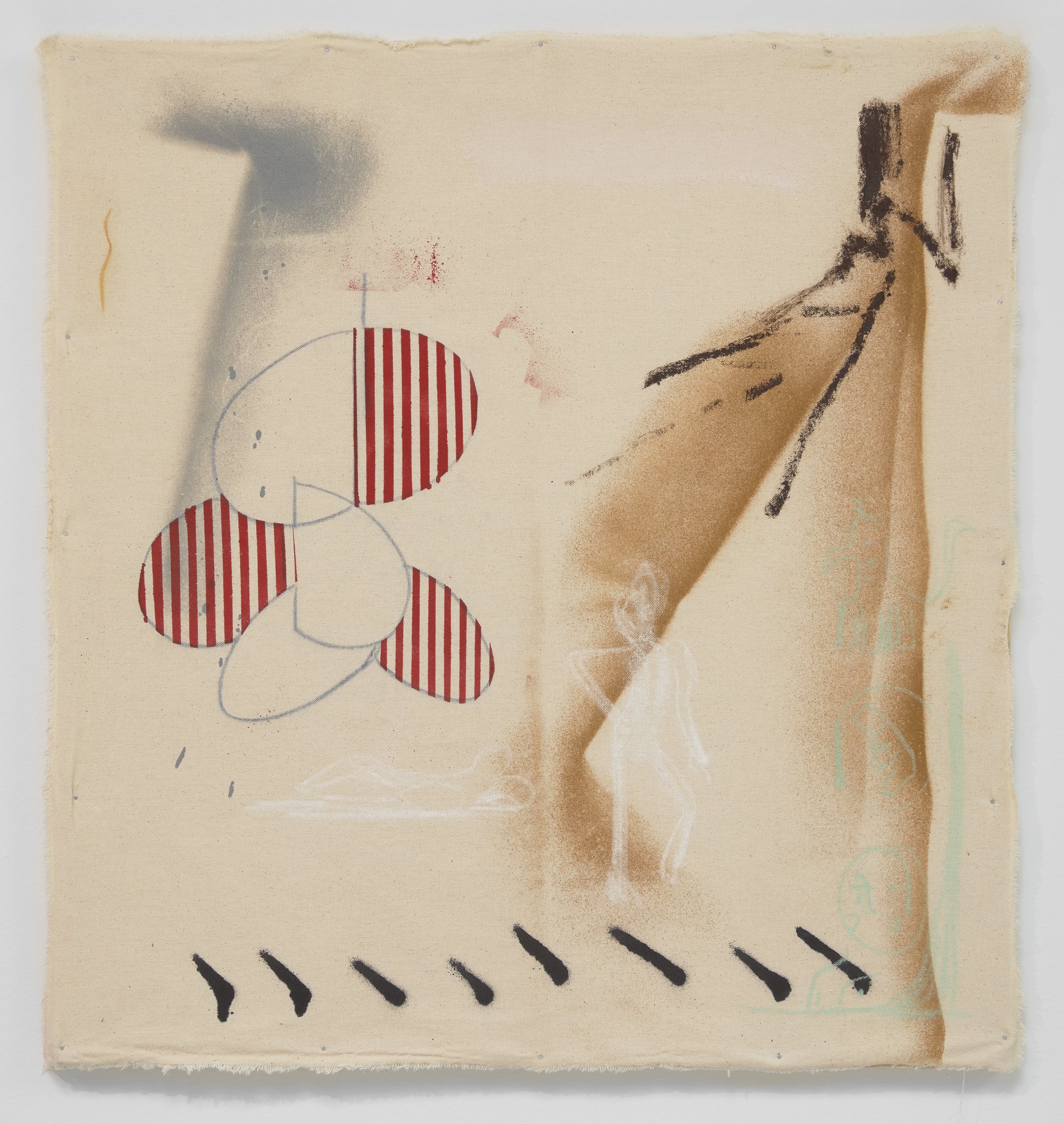The Impact of Reparative Rest in Deserve What You Dream
The exhibition is on view until September 1 at NXTHVN in New Haven.
In the past few years since the first COVID outbreak, I’ve realized a phenomenon not entirely unique to me: the careful curation and selection of a nighttime fantasy to lull me to sleep. More recently, acquiring a Walkman and picking a CD has helped. There’s no distraction, no blue light, just cheap headphones, play, stop, pause, open, and skip a track. This delicate process sets the precursor for the night I hope to have, ideally one of rest and escape, waking up to snippets of a derailed but still fulfilling night’s dream. The reality, however, is not always so sweet and easy. Once again, sleep has become something more worrisome, less relaxing, and instead a negative reminder of all that has been, is, and is to come — what doesn’t always work at night but almost always works well during the day. And it is here that Deserve What You Dream makes an entrance.
Marissa Del Toro’s curated exhibition at NXTHVN in New Haven, Connecticut is a visual paradox. Deserve What You Dream features selected artworks by Derrick Adams, Jihyun Lee, Isaac Bloodworth, and Sarah Zapata that urge visitors to lean into the leisure of simply sitting and daydreaming. Attendees are surrounded by a visual and aural art landscape, creating their own meditative experience. Whereas outside, everything screams an untrue tale of meritocracy demanding incessant activity, Deserve What You Dream asks you to put your mind at ease. And for many of us, this proves more complex than it should be.


Photos by Chris Gardner. Courtesy of NXTHVN.“This is a very meaningful project to me, on both a curatorial and personal level,” Del Toro says. “To curate an exhibition with brilliant artworks by Derrick Adams, Sarah Zapata, Jihyun Lee, and Isaac Bloodworth into a relaxing and restful DreamSpace is significant not only in an aesthetic sense but also in how their artworks hold a power to channel varying conversations, from rest and resistance to collectivity and joy. As a follower of Tricia Hersey’s Nap Ministry, I found it important to share the message of rest as resistance and the power that rest holds as a path towards a future where liberation is a true existence. Through this exhibition, visitors are encouraged to find moments of rest. When we rest, we are able to provide for ourselves more fully and tap into an energy of imagination, dreams, and creativity, the building blocks for a liberated future.”
Once again, racial disparity finds its way into even the most mundane of things, and sleep is not exempt. “We witness firsthand how BIPOC communities struggle to balance a multitude of stressors, with sleep often being the first sacrifice,” Toro notes. To counter this, Deserve What You Dream acts as a small respite from the weight of the world and focuses on the sensory experience fostered by the creations of its artists. With a deliberate focus on how resting is restorative and the various images of what rest looks like, visitors are set up specifically to put their minds and hearts at ease. Be it pausing to look at scenes of Adams’ paintings depicting Black joy or the immersive experience of Jihyun Lee’s abstract pairings and innate thoughts. Fans of touch will be able to experience the intricacies of rug making and the histories woven within through Zapata’s rugs and a vinyl installation of Black Boy Joy by Bloodworth.


Photos by Chris Gardner. Courtesy of NXTHVN.“This exhibition was created with the intention of providing a space for the NXTHVN, Dixwell, and Greater New Haven community to find models of rest or, at the very least, the steps to building more moments of leisure in their lives,” she says. “Coming from a family and community of hard workers, I have seen the tolling effects of a lack of sleep, rest, and creativity on the body and soul. When viewing the luscious pool scenes of Derrick Adams, the intricate abstract pattern of Sarah Zapata’s textiles, the surrealist abstract paintings by Jihyun Lee, and the joyous scene of Adventures of Joy Da Black Boi by Isaac Bloodworth, I encourage viewers to consider the following quote by the distinguished author and educational theorist bell hooks, ‘Imagination is one of the most powerful modes of resistance that oppressed and exploited folks can do and use.’”
Rest comes about in different ways, and you sleep a little easier, breathe a little better, and dream a lot bigger when you have the room to do so. You truly do deserve what you dream, and this is an exhibition to remind you of that.

